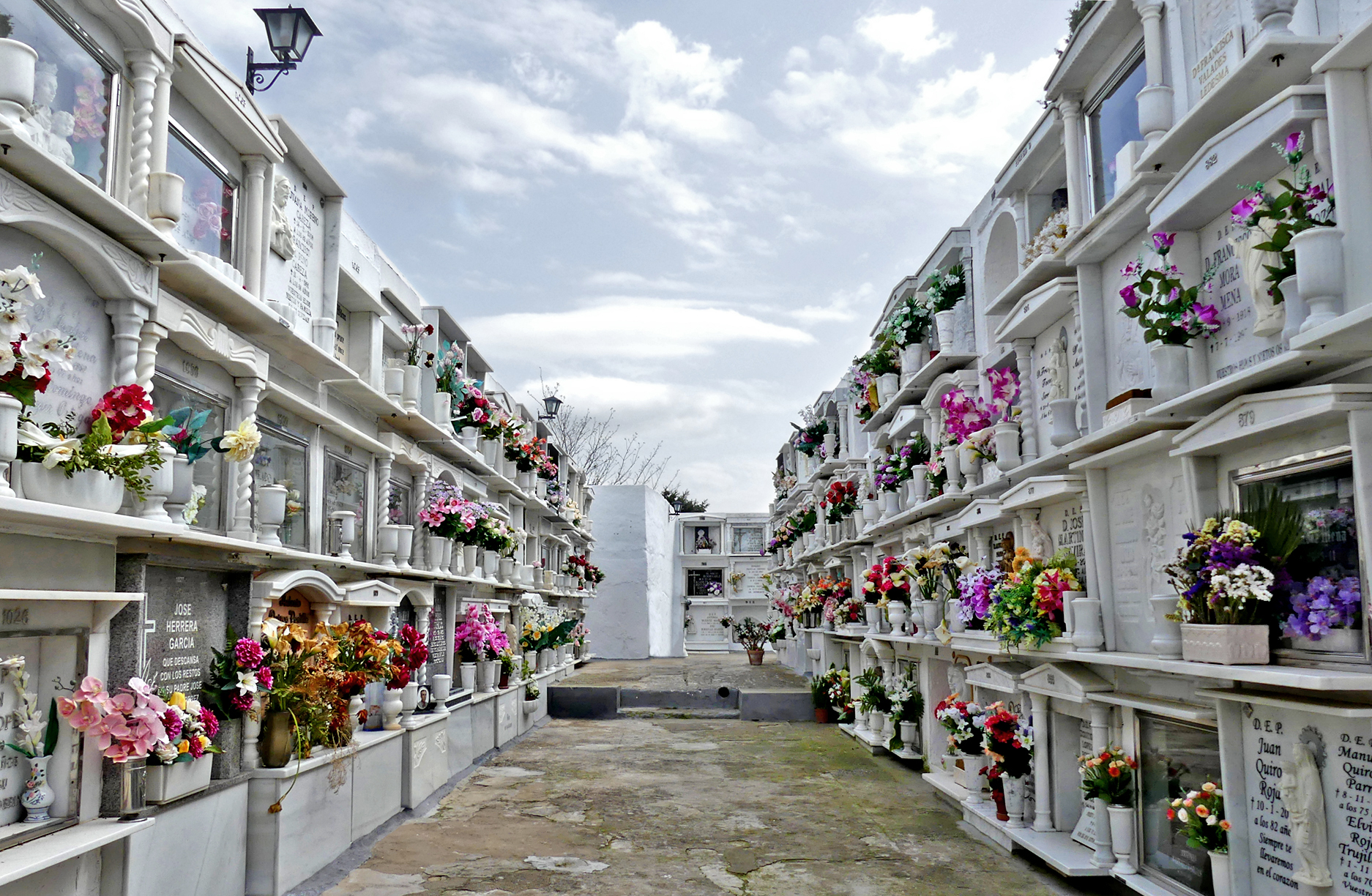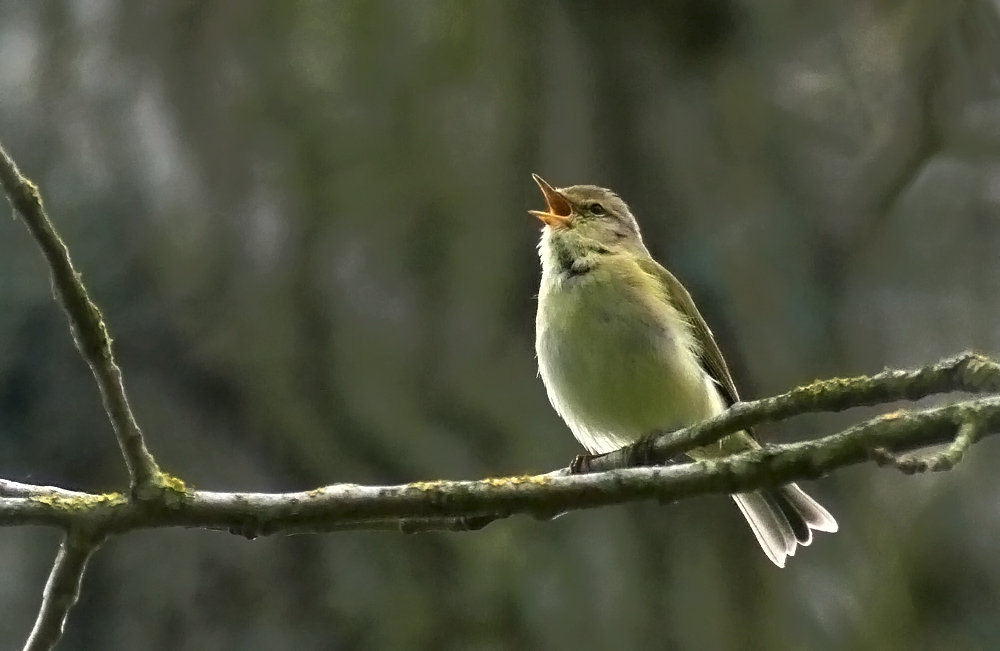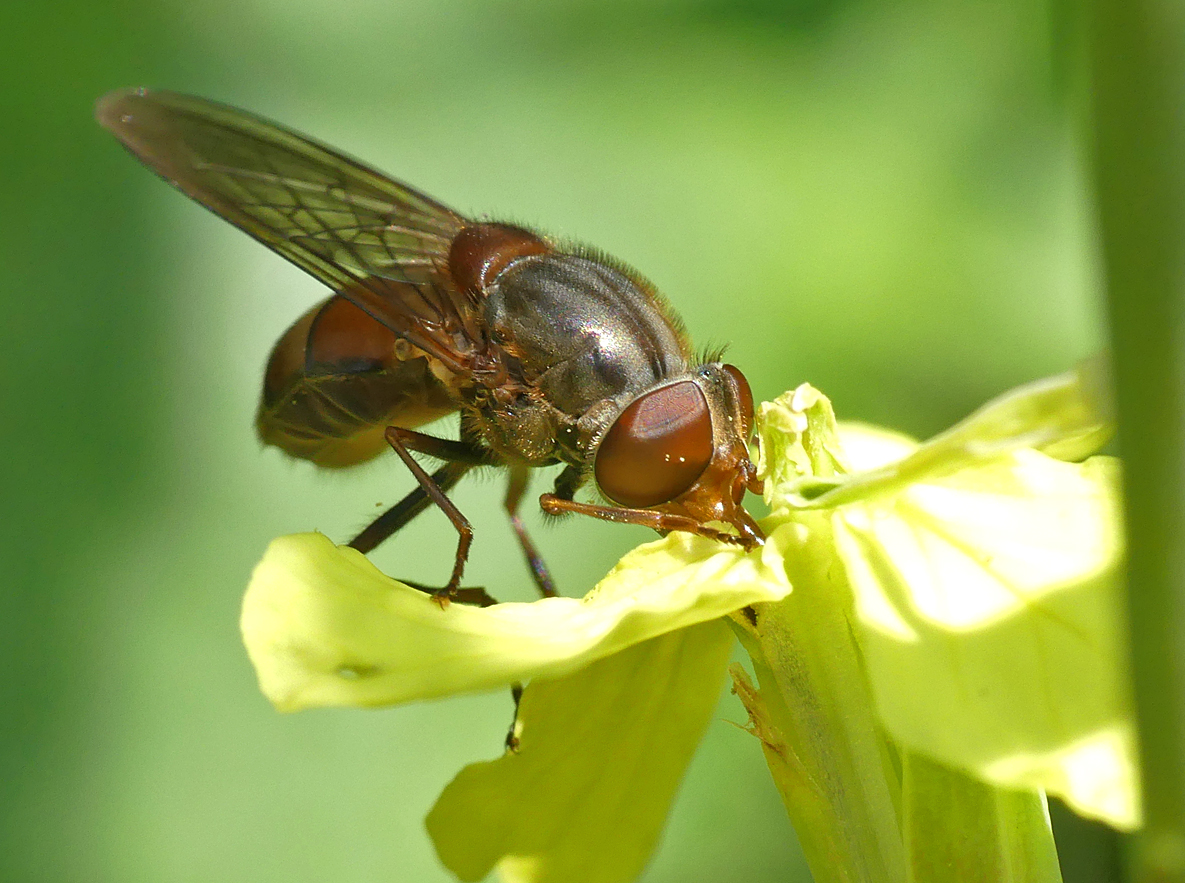Thursday 28th February 2019
/A sleepy first two months of the year with few birds to get excited about. The lack of cold snaps or crazy storms meant a quiet few weeks. It appears that at least one or two Buzzards have been roosting in the patch of tall trees a few gardens north of us and we have been seeing them daily from our front window. I don’t know whether it is a regular thing in the UK but we certainly have got suburban buzzards here. They are regularly seen flying low through the local gardens and resting in the larger trees. This bird below perched on a post at head height just across the road and the pic was taken from our lounge window.
Buzzard - Baubigny, 3 Jan 19
The weather through most of January was a bit grotty so I had few trips out. The wintering Black Redstart was seen a few times on the beach at Pulias. One of the brighter days saw a lunch hour at Rue des Bergers where a Jack Snipe was still present.
Black Redstart - Pulias, 6 Jan 19
Wigeon - Rue des Bergers, 10 Jan 19
The main bit of excitement was the return of the mighty Royal Tern on the island on 16th Jan - I thought that it had long gone and we’d seen the last of it. However, it took me a couple of days to catch up with it, finally going to see it when it turned up fishing in Belle Greve Bay in the evening of the 19th. Although it didn’t come very close it was great to see this magnificent beast again, making it now three years in a row.
Royal Tern - Belle Greve Bay, 19 Jan 19
I can’t remember the last time Anais woke me up in the middle of the night but she got up at 4 am on 21st January and I followed her downstairs. This was additionally very strange because this was the night of the lunar eclipse, something I had considered getting up for anyway but rejected as I was too damn tired. I was pleased in the end as the clouds were very scant, which meant I could take a few photos of the event, and I think I got some decent ones despite just doing it hand held.
Lunar eclipse - 21 Jan 19
Lunar eclipse - 21 Jan 19
February was even quieter than January, the only record I inputted into the database at all was the wintering Spoonbill asleep behind the Claire Mare on 19th. Finally the grotty weather broke and the final week of the month was beautiful, with southerly winds bringing early House Martin and Wheatear to the island. Anais and I enjoyed a great afternoon running around Petit Bot beach watching the Fulmars chasing each other to and fro around the colony there.
Petit Bot - 21 Feb 19
Fulmar - Petit Bot, 21 Feb 19
Fulmar - Petit Bot, 21 Feb 19
Frolicking dogs at Petit Bot
With reduced time out birding I worked through a few specimens finding a few new beetles for the list. I also spent a couple of hours round Vale Churchyard photographing lichens. Although identifying lichens is initially rather intimidating, armed with a list of species recorded locally, it is quite possible to make identifications of many species from photos. Some indistinct types you just have to write off and there’s others you need to take chemicals round with you to make sure by spot-testing - I think my field bag is full enough! But I’ve now identified over 40 species locally. I’m bound to have made a couple of mistakes but I’m getting to recognise something unfamiliar when I see it.
Rhizocarpon richardii - Vale Churchyard, 20 Feb 19
Diplotomma alboatrum (plus others) - Vale Churchyard, 20 Feb 19
Melanelixia fuliginosa - Vale Churchyard, 20 Feb 19
Belonia nidarosiensis - Vale Churchyard, 20 Feb 19
probably Bankesia conspurcatella - Baubigny, 20 Feb 19 - note what appears to be a tiny coleophora case stuck to the larger case - meta!




































